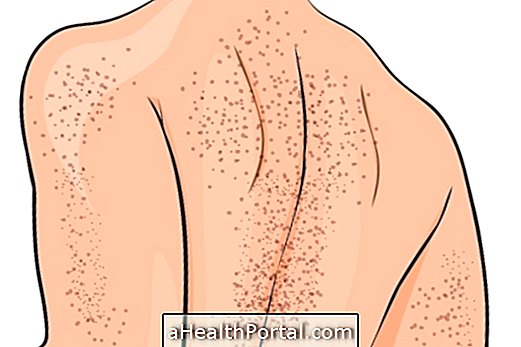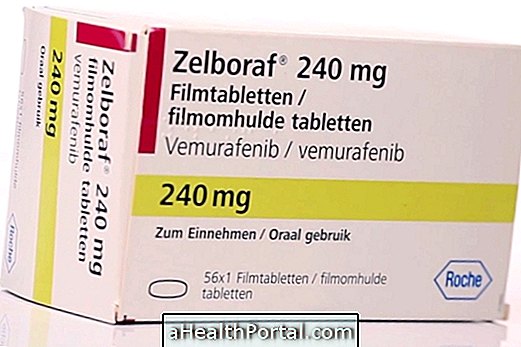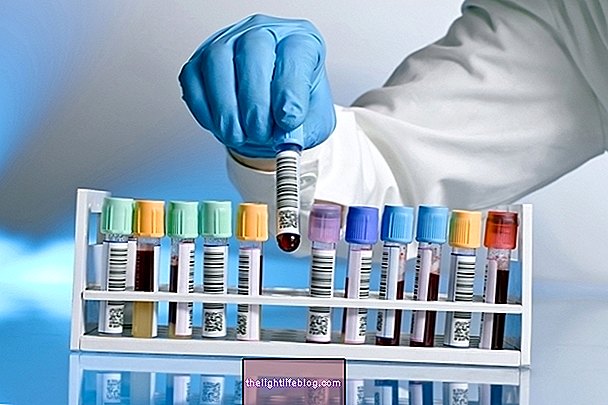Hugles-stovin syndrome is a very rare and serious disease that causes multiple aneurysms in the pulmonary artery and several cases of deep vein thrombosis during life. Since the first description of this disease worldwide, fewer than 40 people have been diagnosed by the year 2013.
The disease can occur in 3 different stages, where the first stage usually manifests with thrombophlebitis, the second stage with pulmonary aneurysms, and the third and last stage is characterized by the rupture of an aneurysm that can cause coughing with blood and death.
The rheumatologist is the most appropriate doctor to diagnose and treat this disease and although its cause is not yet fully known, it is believed to be related to systemic vasculitis.
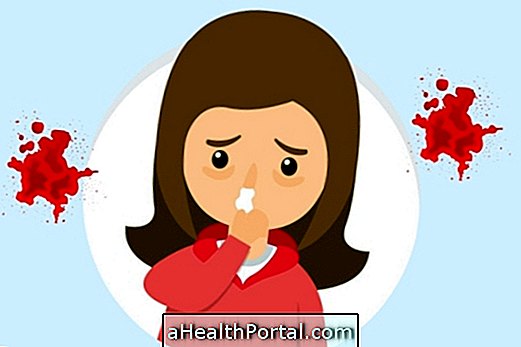
Symptoms
Symptoms of Hugles-stovin include:
- Coughing up blood;
- Difficulty breathing;
- Feeling of shortness of breath;
- Headache;
- High fever, persistent;
- Loss of approximately 10% of the weight without apparent cause;
- Papiledema, which is a dilatation of the optic papilla representing increased pressure within the brain;
- Swelling and severe pain in the calf;
- Double vision and
- Convulsions.
Usually a person with Hugles-stovin syndrome presents the symptoms for many years and the syndrome can even be confused with Behçet's disease and some researchers believe that this syndrome is actually an incomplete version of Behçet's Disease.
This disease is rarely diagnosed in childhood and can be diagnosed in adolescence or adulthood after the above mentioned symptoms and the examination of blood, chest X-ray, magnetic resonance imaging or computed tomography of the head and thorax. Doppler echocardiography to check the blood and heart circulation. There is no diagnostic criterion and the doctor should suspect this syndrome because of the similarity with Bechçet's Disease, but without all its characteristics.
The age of people diagnosed with this syndrome varies between 12 and 48 years.
Treatment
Treatment for Hugles-Stovin syndrome is not very specific but the doctor may recommend the use of corticosteroids such as hydrocortisone or prednisone, anticoagulants such as enoxaparin, pulse therapy, and immunosuppressants such as Infliximab or Adalimumab that may decrease the risk and also the consequences of aneurysms and thromboses, thus improving the quality of life and reducing the risk of death.
Complications
Hugles-Stovin syndrome can be difficult to treat and has a high mortality because the cause of the disease is not known and therefore the treatments may not be enough to maintain the affected person's health. As there are few diagnosed cases worldwide, doctors are usually not familiar with this disease, which can make it difficult to diagnose and treat it.
In addition, anticoagulants should be used very carefully because in some cases they may increase the risk of bleeding after rupturing an aneurysm and the extravasation of blood may be so great that it prevents the maintenance of life.




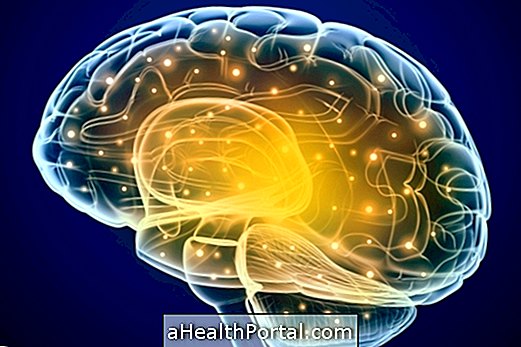



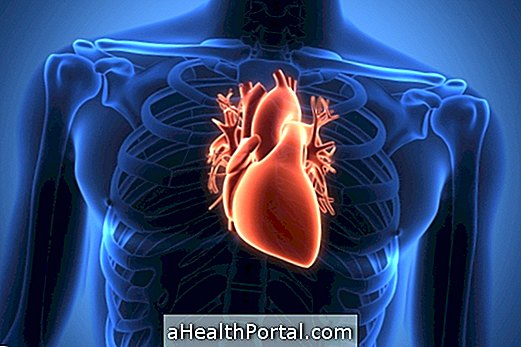


.jpg)




